Filter by
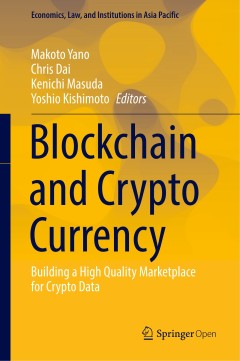
Blockchain and crypt currency : building a high quality marketplace for crypt…
This open access book contributes to the creation of a cyber ecosystem supported by blockchain technology in which technology and people can coexist in harmony. Blockchains have shown that trusted records, or ledgers, of permanent data can be stored on the Internet in a decentralized manner. The decentralization of the recording process is expected to significantly economize the cost of transac…
- Edition
- -
- ISBN/ISSN
- 9789811533761
- Collation
- xiii, 141p. : ill.
- Series Title
- -
- Call Number
- 332.42 BLO b

Governing privacy in knowledge commons
Privacy, in contrast with secrecy, is a relational concept, achieved when personal information is shared appropriately between actors. Viewed in this way, privacy is necessarily contextual and complex because norms about appropriate flows and use of personal information are socially negotiated and often contested. (Nissenbaum, 2009) Privacy is thus a problem of collective action. Moreover, pers…
- Edition
- -
- ISBN/ISSN
- 9781108749978
- Collation
- xi, 289 pages; illustration
- Series Title
- Cambridge studies on governing knowledge commons
- Call Number
- 342.08 SAN g
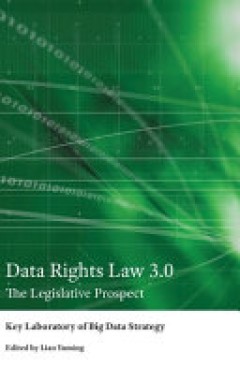
Data rights law 3.0 : the legislative prospect
With a global view and a vision of our digital future, we should move forward with an understanding of data rights legislation at pace. The earlier we set the value norms around data in this digital long distance race, the more likely we will grasp the opportunities therein and embrace a future of commonly understood values. With a view to the future, the branch of Chinese law that is most like…
- Edition
- 3
- ISBN/ISSN
- 9781800794344
- Collation
- ix, 436 p
- Series Title
- -
- Call Number
- 453.99 YUM
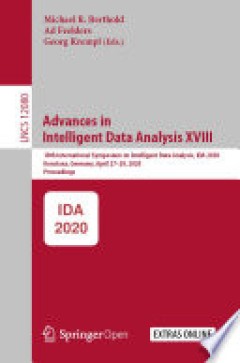
Advances in Intelligent Data Analysis XVIII: 18th International Symposium on …
Missing data is a common occurrence in the time series domain, for instance due to faulty sensors, server downtime or patients not attending their scheduled appointments. One of the best methods to impute these missing values is Multiple Imputations by Chained Equations (MICE) which has the drawback that it can only model linear relationships among the variables in a multivariate time series. T…
- Edition
- 1
- ISBN/ISSN
- 9783030445843
- Collation
- XIV, 588p
- Series Title
- Lecture Notes in Computer Science
- Call Number
- 005.74 AID r
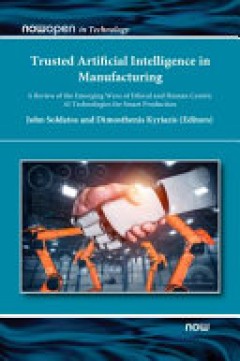
Trusted artificial intelligence in manufacturing : a review of the emerging w…
The successful deployment of AI solutions in manufacturing environments hinges on their security, safety and reliability which becomes more challenging in settings where multiple AI systems (e.g., industrial robots, robotic cells, Deep Neural Networks (DNNs)) interact as atomic systems and with humans. To guarantee the safe and reliable operation of AI systems in the shopfloor, there is a need …
- Edition
- -
- ISBN/ISSN
- 9781680838763
- Collation
- xvi, 240 p
- Series Title
- -
- Call Number
- 670.28563 SOL

Cyber security politics : socio-technological transformations and political f…
This book examines new and challenging political aspects of cyber security and presents it as an issue defined by socio-technological uncertainty and political fragmentation. Structured along two broad themes and providing empirical examples for how socio-technical changes and political responses interact, the first part of the book looks at the current use of cyber space in conflictual setting…
- Edition
- -
- ISBN/ISSN
- 9781003110224
- Collation
- xiv + 272 p
- Series Title
- -
- Call Number
- 005.8 DUN c
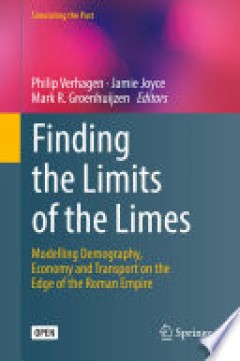
Finding the Limits of the Limes : Modelling Demography, Economy and Transport…
This open access book demonstrates the application of simulation modelling and network analysis techniques in the field of Roman studies. It summarizes and discusses the results of a 5-year research project carried out by the editors that aimed to apply spatial dynamical modelling to reconstruct and understand the socio-economic development of the Dutch part of the Roman frontier (limes) zone, …
- Edition
- -
- ISBN/ISSN
- 9783030045760
- Collation
- -
- Series Title
- -
- Call Number
- 936.4 ver

Data spaces design, deployment and future directions
This open access book aims to educate data space designers to understand what is required to create a successful data space. It explores cutting-edge theory, technologies, methodologies, and best practices for data spaces for both industrial and personal data and provides the reader with a basis for understanding the design, deployment, and future directions of data spaces. The book captures…
- Edition
- -
- ISBN/ISSN
- 9783030986360
- Collation
- XX, 357 p
- Series Title
- -
- Call Number
- 330 CUR d
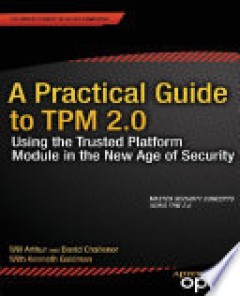
A practical guide to tpm 2.0 : using the trusted platform module in the new a…
A Practical Guide to TPM 2.0: Using the Trusted Platform Module in the New Age of Security is a straight-forward primer for developers. It shows security and TPM concepts, demonstrating their use in real applications that the reader can try out. Simply put, this book is designed to empower and excite the programming community to go out and do cool things with the TPM. The approach is to ramp t…
- Edition
- -
- ISBN/ISSN
- 9781430265849
- Collation
- XXVII, 392 p
- Series Title
- -
- Call Number
- 005.82 ART a
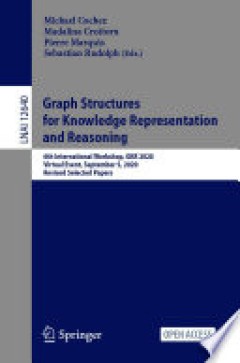
Graph structures for knowledge representation and reasoning : 6th internation…
This open access book constitutes the thoroughly refereed post-conference proceedings of the 6th International Workshop on Graph Structures for Knowledge Representation and Reasoning, GKR 2020, held virtually in September 2020, associated with ECAI 2020, the 24th European Conference on Artificial Intelligence. The 7 revised full papers presented together with 2 invited contributions were revie…
- Edition
- -
- ISBN/ISSN
- 9783030723088
- Collation
- IX, 151 p
- Series Title
- -
- Call Number
- 006.332 MIC g
 Computer Science, Information & General Works
Computer Science, Information & General Works  Philosophy & Psychology
Philosophy & Psychology  Religion
Religion  Social Sciences
Social Sciences  Language
Language  Pure Science
Pure Science  Applied Sciences
Applied Sciences  Art & Recreation
Art & Recreation  Literature
Literature  History & Geography
History & Geography